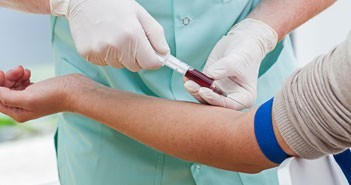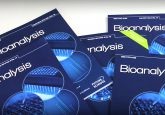New method of nanoelectrical analysis unlocks diagnostic potential

Rapid and accurate testing for molecular-level traces of viruses and bacteria has the potential to allow medical intervention at the earliest possible stage, but development of such a sensor is a challenge.
Thompson’s research team proposed the application of so-called ‘liquid brakes’ to molecules, utilizing silicone oil and by placing an insulating layer one-atom thin between the molecule and the surface of the sensor. “The trick,” Thompson explained, “is to slow the molecule down and hold it at a safe distance from the sensor surface. You need to slide something in between the molecule and the surface and that something is a layer of alkanes.”
Alkanes are capable of screening electrical signals, which allow researchers to identify molecules accurately without the signal being confused by the barrier between sensor and molecule. The team claims that with their solution to the problem of ‘elusive biomarkers’, there is new potential for a hand-held diagnostic device. Diagnostically important molecules could, they suggest, be identified without the need for a laboratory, allowing conditions to be identified and treated in the incubation stage.
Thompson discussed the potential of his team’s work: “this research has unlocked what has been a long-standing issue for the diagnostics community: how to place molecules near conducting surfaces without perturbing the molecule’s electrical properties. The potential is enormous, including identification of viruses causing Ebola, HIV and the common cold.”
Thompson’s work, funded by Science Foundation Ireland, has also produced a series of design rules for how functional molecules, such as those with electrical switching or tumor targeting capabilities, can be integrated into real devices.
Sources: Drive-through diagnostics – making diagnosis more accurate and less expensive; Nirmalraj P, Thompson D, Molina-Ontoria A, et al. Nanoelectrical analysis of single molecules and atomic-scale materials at the solid/liquid interface. Nat. Mat. 13(10), 947–953 (2014).





